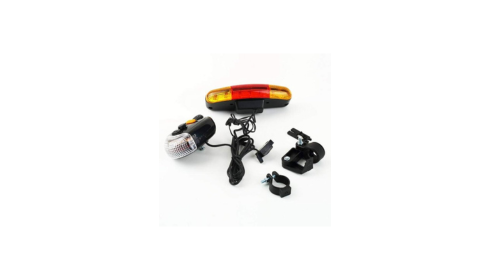
cycle indicator
The world of cycling has transformed drastically over the years, thanks to innovations that focus on performance, safety, and convenience. Among the most essential yet often overlooked components are the cycle indicator and cycle motor. These additions are revolutionizing how cyclists interact with their bikes, whether for commuting, adventure, or fitness purposes.
Understanding the Cycle Indicator
A cycle indicator is a signaling device fitted to a bicycle to indicate the rider’s turning intention. Traditionally, cyclists relied on hand signals, but this method has limitations, especially during night rides or in heavy traffic conditions. Modern cycle indicators solve this issue by offering electronic turn signals, much like those found on motor vehicles.
These indicators are typically LED-based, battery-operated, and installed either on the handlebar ends, rear of the cycle, or integrated into smart helmets or backpacks. With just a click of a button or through gesture control, the indicators flash to signal left or right turns, making the cyclist more visible and communicative to other road users.
The advantages are clear: increased safety, better visibility in low-light conditions, and hands-free signaling. For urban riders, especially in traffic-heavy cities, having a reliable cycle indicator can mean the difference between a safe ride and a potential accident.
Introduction to Cycle Motors
The cycle motor is the heart of electric bicycles, or e-bikes, and plays a crucial role in making cycling more accessible and enjoyable. These motors are either hub-based (installed within the wheel hub) or mid-drive (positioned at the crankset), and they assist the rider by adding power to the pedal strokes.
Cycle motors come in various power ratings, typically ranging from 250 watts to over 750 watts, depending on local regulations and the intended use of the e-bike. Hub motors are popular for their simplicity and quiet operation, while mid-drive motors offer better performance on hilly terrain and more efficient power transfer.
One of the main benefits of using a cycle motor is the reduction in physical strain. Riders can travel longer distances, climb steeper inclines, and carry heavier loads with less effort. This makes cycling more inclusive, encouraging older adults or individuals with physical limitations to enjoy biking.
Integrating Indicators and Motors for a Smarter Ride
When combined, cycle indicators and motors contribute to a smarter, more efficient biking experience. E-bikes often come equipped with integrated electronic systems, and it’s becoming increasingly common to find built-in indicators controlled via the bike’s onboard console or smartphone app.
These smart systems not only offer turn signaling but also include features like brake lights, horn functions, GPS navigation, and Bluetooth connectivity. Riders can monitor battery life, motor output, and even log trip data. As cities move toward eco-friendly transportation solutions, such innovations are essential in promoting cycling as a primary mode of transport.
Choosing the Right Cycle Indicator and Motor
When selecting a cycle indicator, consider factors like brightness, ease of installation, waterproofing, and battery life. Look for indicators that can be charged via USB and offer a long-lasting battery. Some premium options even come with remote control or auto-shutoff features.
For a cycle motor, think about your riding style. Commuters may prefer a hub motor for simplicity, while off-road cyclists or those tackling hilly terrain might opt for a mid-drive motor. Battery capacity and motor wattage should also align with your average riding distance and expected terrain challenges.
Future of Biking Technology
The future of cycling lies in integration and smart technology. With growing attention on environmental sustainability and smart mobility, bike manufacturers are increasingly incorporating features like regenerative braking, solar charging panels, and app-controlled lighting systems.



